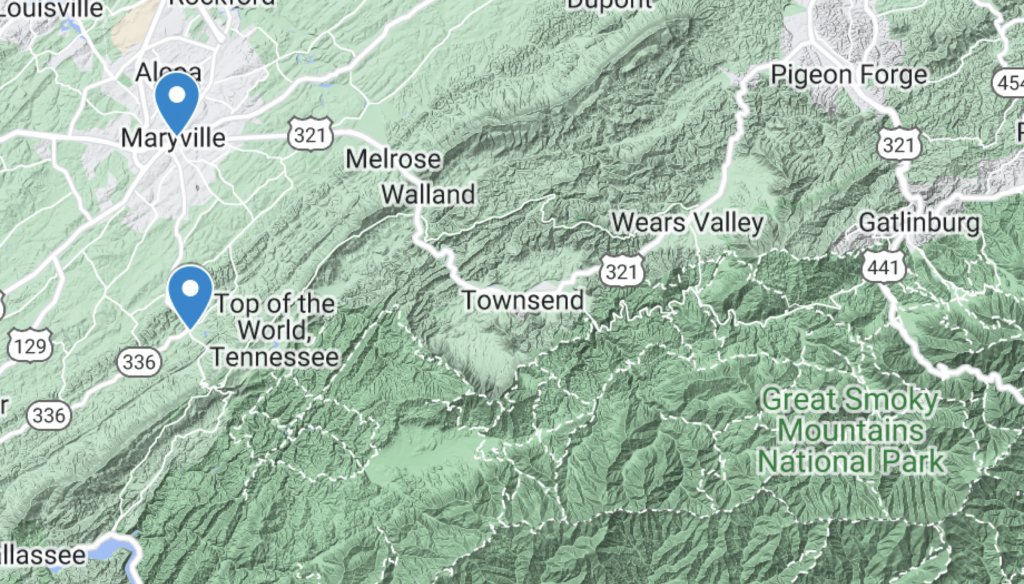Case Study 2
Resolving unmanaged stormwater while designing for native plant revitalization.
The client came to us as an avid birder and plant lover who wanted to add an array of species to draw in pollinators, butterflies, and birds while leaving some lawn out of consideration for his neighbors.
He also asked that we not plant anything too tall in order to keep an open view of the mountain range from the front porch.Our client already had a solid foundation of botanical knowledge, so we worked closely with them to build our plant palette. The final design seeks to provide a dynamic and sensuous experience throughout the year, while providing host plants and nourishment to an array of critters.

The entire section we were hired to address is a southeastwardly facing and sloped front lawn. The site sits in direct sun for 8-10 hours a day. There is significant variation in soil productivity throughout the ridge and valley ecoregion of East Tennessee. The soil composition at this site, though, was primarily compacted red clay — clearly fill dirt added at the time of construction which had turned nearly to concrete by the heavy machinery used by the construction workers. Frustrating as this may be, it is not an uncommon trait around newer developments.
Our client already had a solid foundation of botanical knowledge, so we worked closely with them to build our plant palette. The final design seeks to provide a dynamic and sensuous experience throughout the year, while providing host plants and nourishment to an array of critters.
Native plants often do not prefer nutrient rich soil, so we typically use minimal additional soil amendment or top dressing. In cases like this, where we find contractor grade fill dirt beneath the existing lawn, we do add a layer of locally sourced topsoil and aged leaf mold to help the plants as they establish.
As the plants establish, they will do the work of repairing the deeper soil ecology — breaking the clay as their roots extend and adding organic matter as dead material is sloughed from their roots. There were no invasive grass in the lawn here, so stripping the sod without the use of chemicals was sufficient for the site preparation.
Because the site rests in direct sun during long summer days, we selected some of our most resilient and drought tolerant prairie plants. Once established, these plants are able to withstand some of the long, hot dry spells we experience during the summer here in east Tennessee.
Little bluestem, side oats grama grass, blue brama grass, switch grass, and prairie dropseed serve as a mixed grass foundation, adding strength at the ground level and visual texture, as wild strawberry creeps, filling the empty space and acting as a green mulch.
The mid spring dew seems to decorate the lacey fringe tree as the blue hues of cool inflorescences of blue-eyed grass, blue wild indigo, and eastern blue star replace the last frost.
Eventually, these give way to the vibrant warmth of bee balm, native sunflowers, and threadleaf coreopsis throughout the summer, as rattlesnake master racemes and spikes of prairie blazing star emerge proudly throughout the garden to announce the fullness of summer.
A variety of goldenrod and aster species lay in wait, as a column of sweet joe pye weed forms at the rear flank of the garden. When Joe Pye gives his nod, the garden erupts with powerful golds and purples to inaugurate the autumnal season, providing a final feeding ground for our beloved pollinators before the winter.
As the fall matures, threadleaf blue star paints a golden breeze, and the chokeberries, spice bush, and summersweet self-immolate in sunset tones before the harvest.